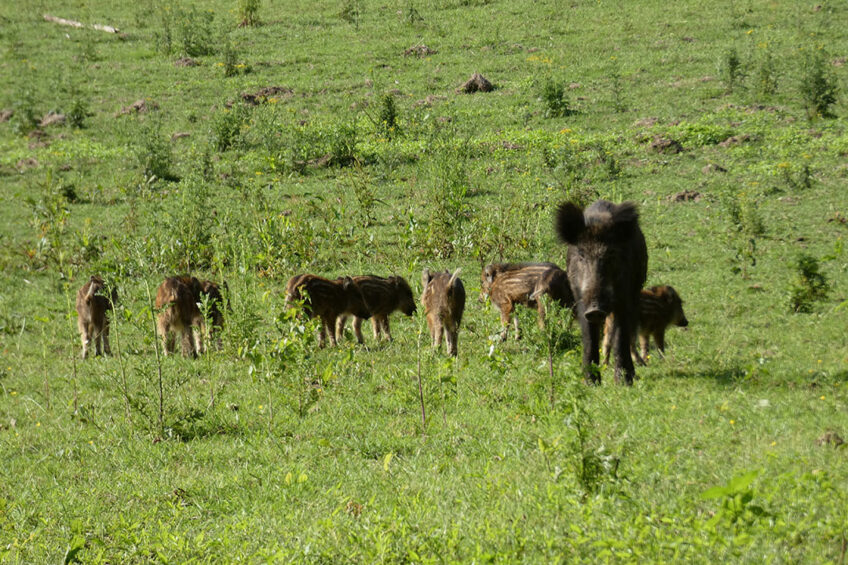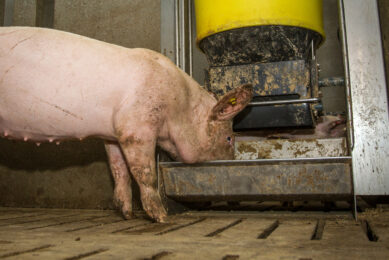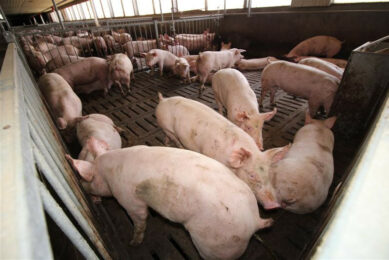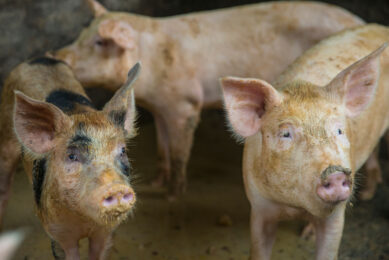The future of the pig industry in Russia largely depends on Asia

The key challenge the pig industry in Russia will face in the next 5 years is to make its way into the list of the top-5 of te world’s largest pork exporters. Sergey Kovalev, chairman of the Russian Union of pork producers, outlined this during an industry conference in Moscow.
In the current circumstances, the priority markets for the Russian pig industry are China, Hong Kong, Thailand, Vietnam, South Korea, Japan and the Philippines. The Russian government, including the Agricultural Ministry and the Russian veterinary body Rosselhoznadzor, must intensify all existing political, diplomatic and administrative efforts to pave the way for Russian pork on the Chinese market, Kovalev stressed.
“The further development of Russian pig breeding depends on this. China, due to a shortage in the domestic market, is expected to ramp up pork imports to 3 to 3.5 million tonnes per year. Russia is the only major pork producer in the world that does not have access to the Chinese market. Having already worked with Hong Kong and Vietnam, we can count on an increase in export of Russian pork thanks to China by 300,000 to 350,000 tonnes worth $ 1 billion.”
Breaking a stumbling block for the pig industry in Russia
African swine fever (ASF) remains the key problem preventing the opening of the Chinese market for Russian exporters. However, there are positive signs in this field. In December 2021, France signed an agreement with China. Under this agreement, which has certain limitations, French pig farmers can keep selling their products to Chinese customers even if an ASF outbreak occurs in their country. Currently, Germany talks with the Chinese authorities about signing a similar agreement.
“France’s agreement turned out to be encouraging. It is necessary to continue negotiations on the admission of Russian pork to the Chinese market on the principles of regionalization,” Kovalev said.
Increased imports
Most analysts believe that China will battle against ASF for at least another 5 years, Kovalev claimed. During this period, the country needs imported pork. In 2023, China will likely increase pork imports since a 2022 drop in production could be more significant than the official data indicated, he stated.
Kovalev disclosed that the recovery of the Chinese pig industry is unlikely since local farmers experience financial problems, suffering losses of 600 yuan ($ 87) per head. Data suggests the country could lose from 6 to 8 million heads of sows during the current crisis.











